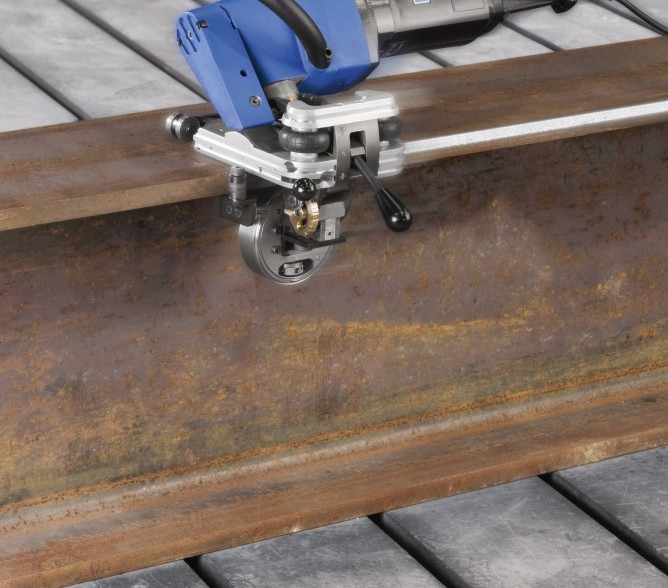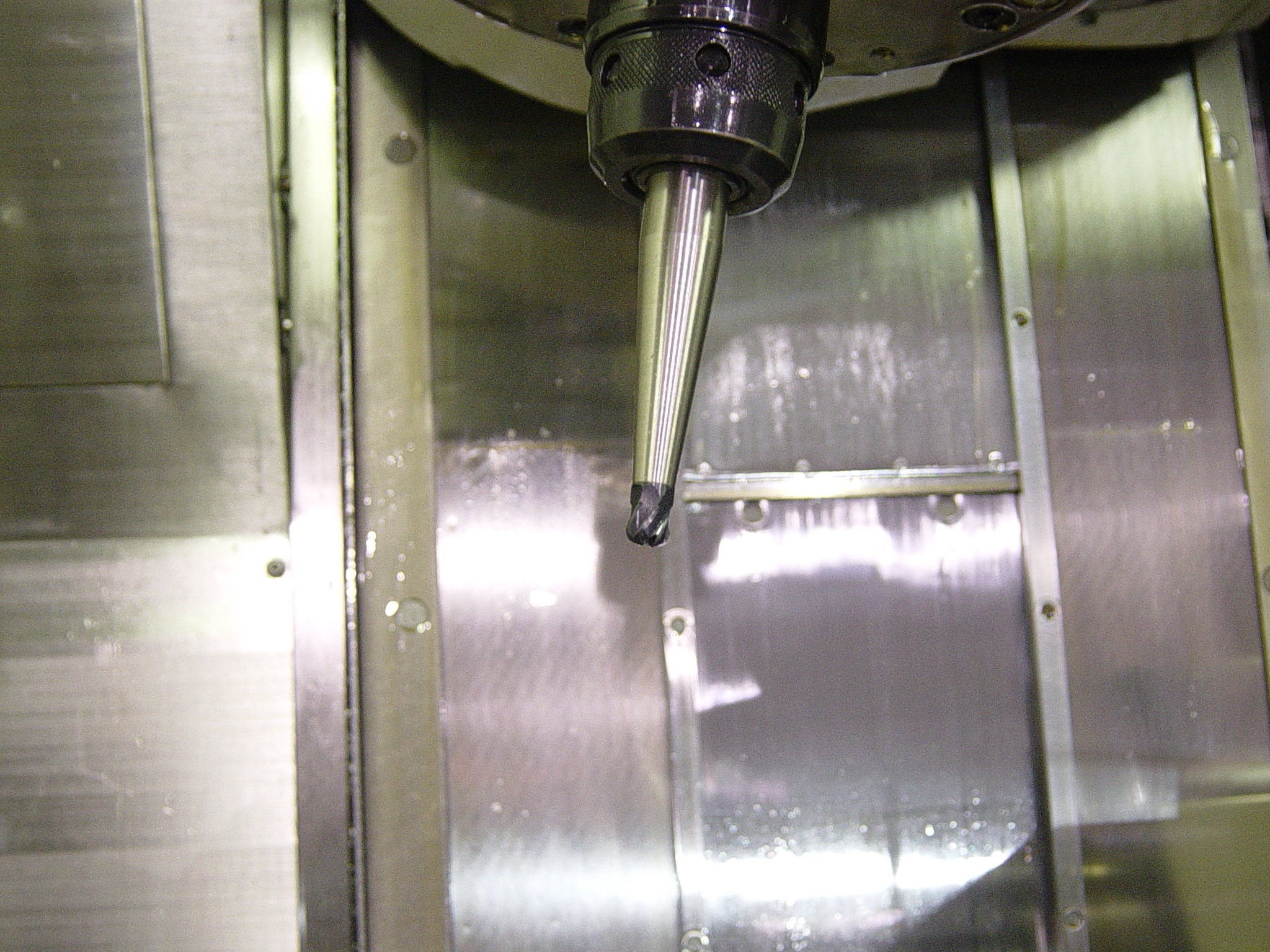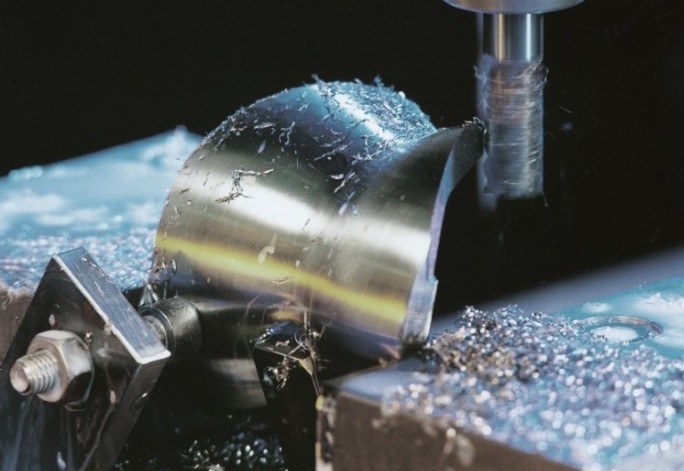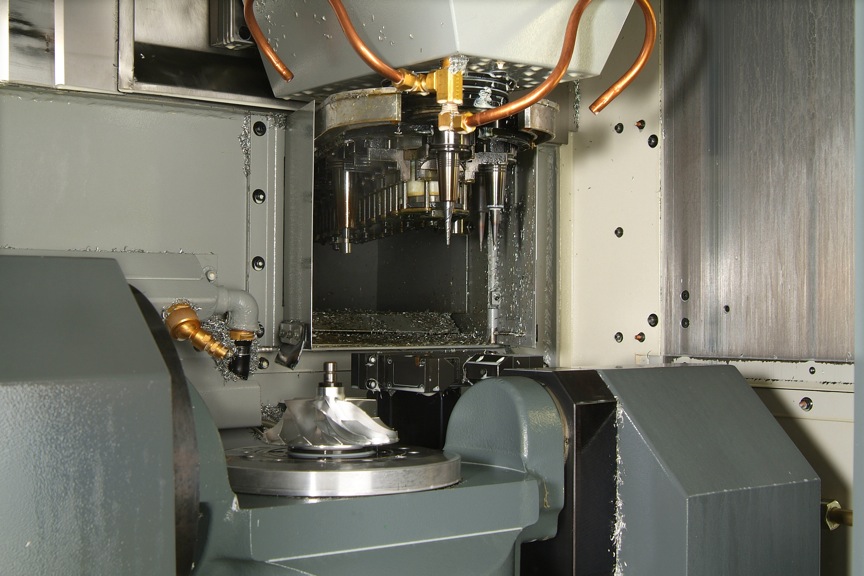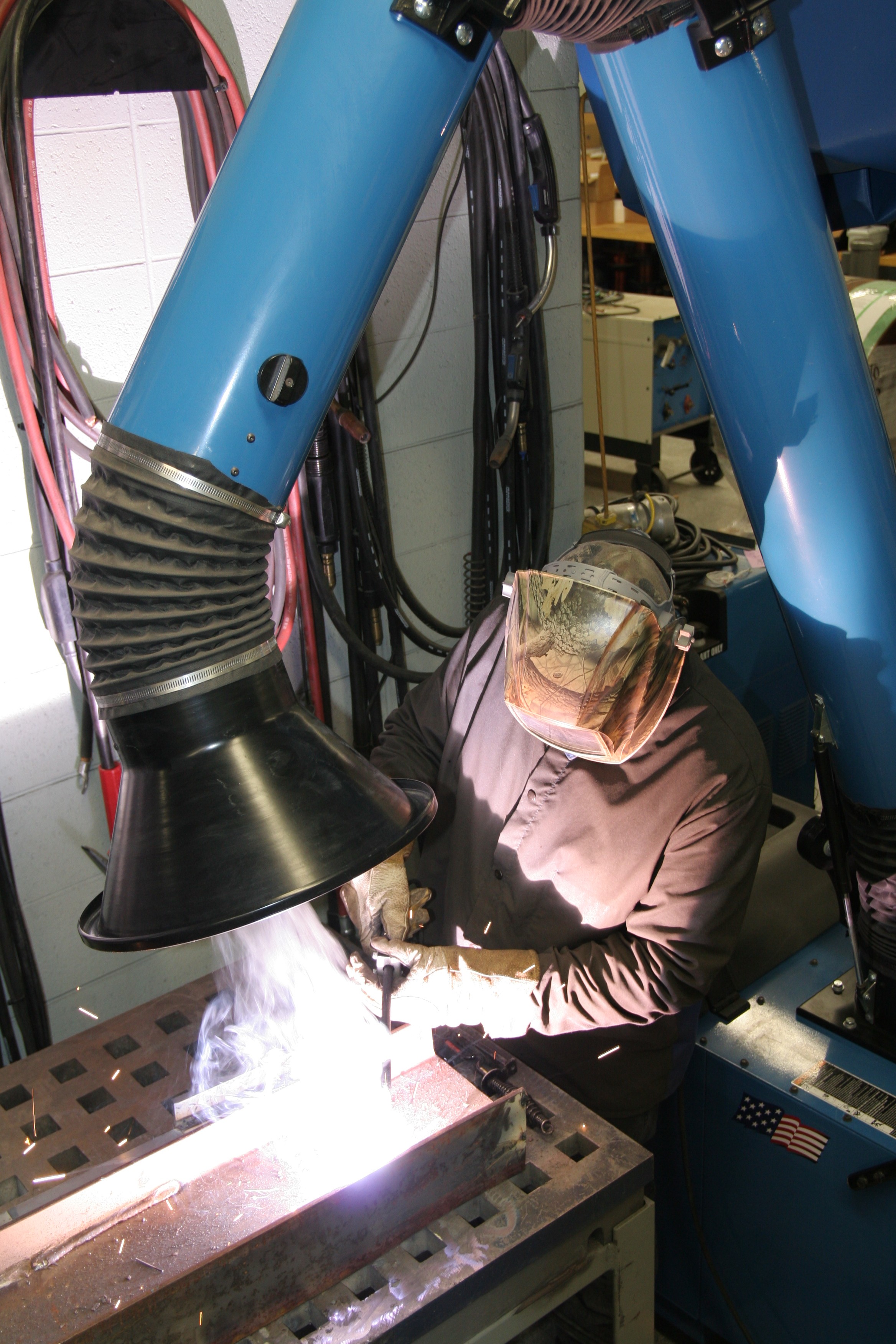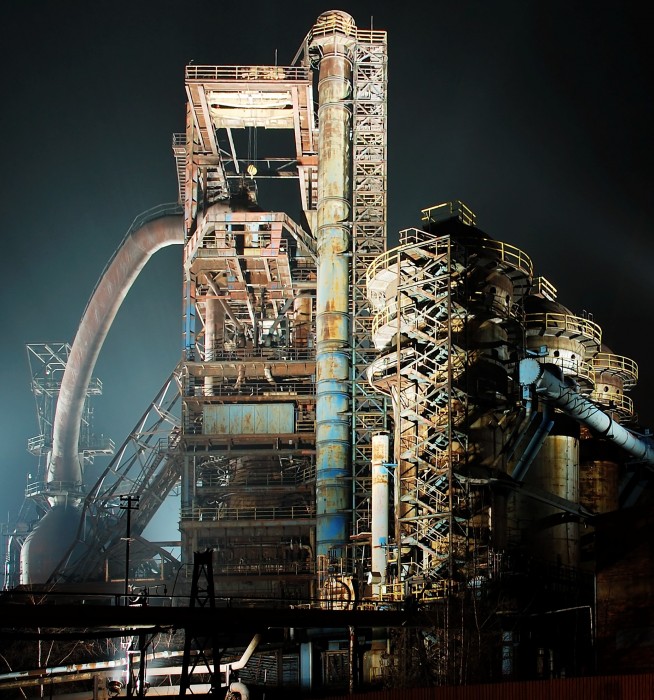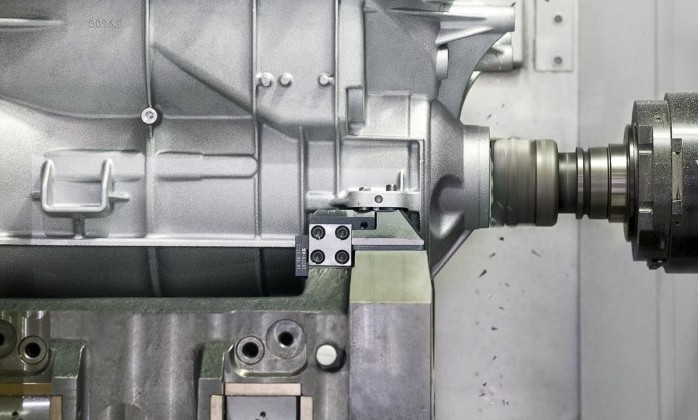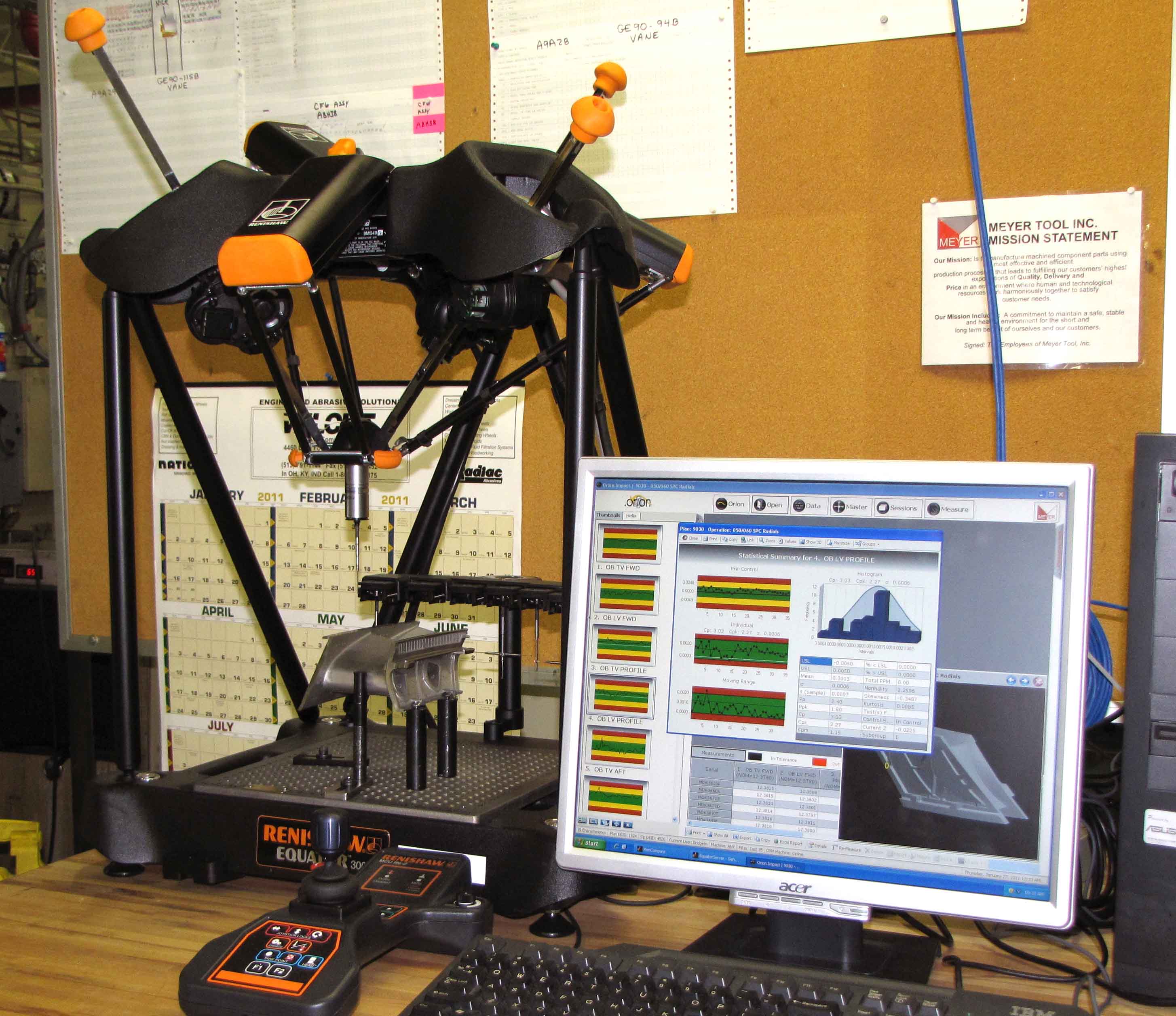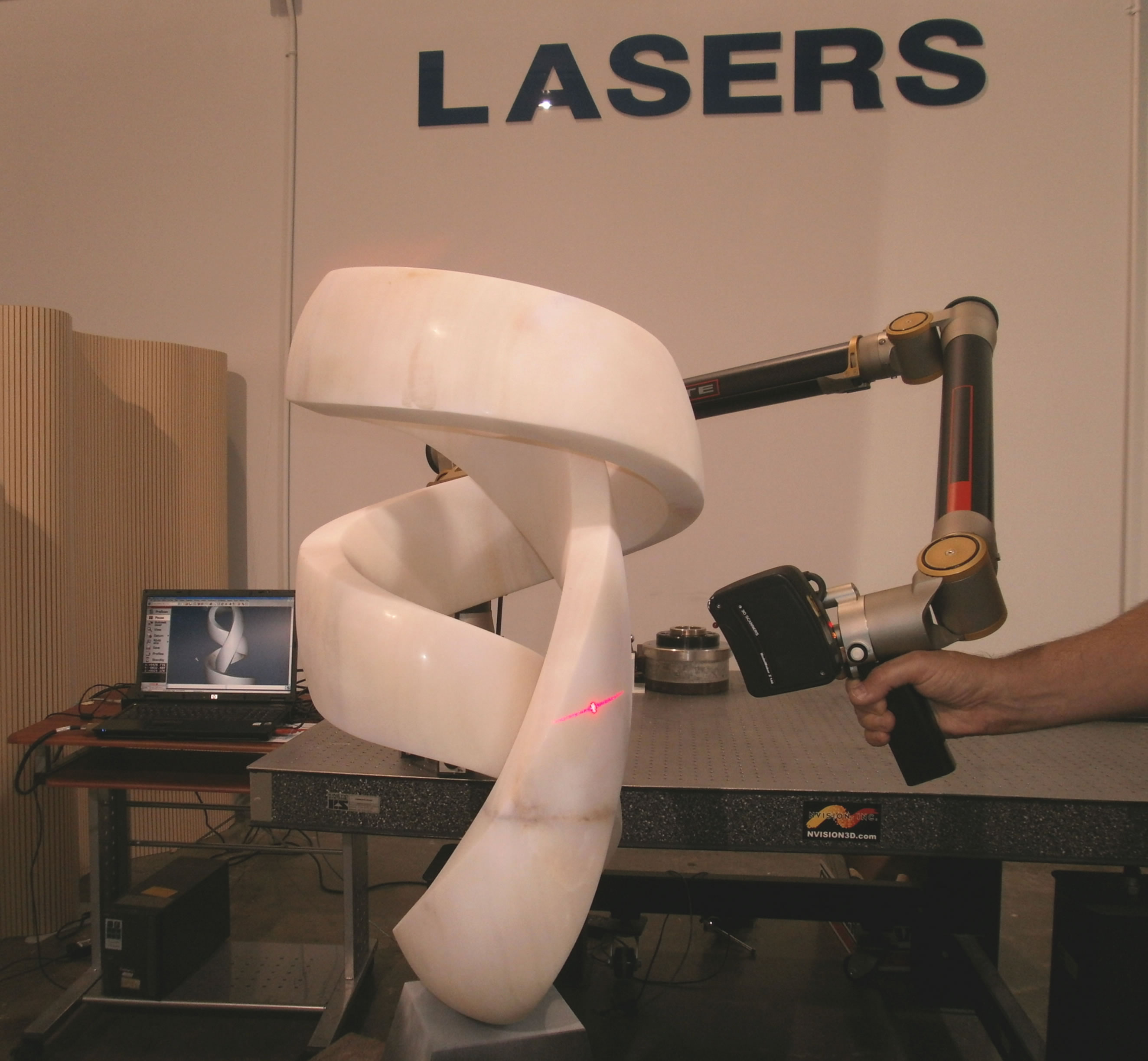March 2012
If beveling has typically been an afterthought in your shop, it could actually be costing you more in terms of quality and time than you realize, then examines some considerations about the beveling process and the equipment you should use that could improve your competitive advantage.
Take It To The Next Level: Combining machining processes and operations inside a single work envelope to improve part quality and reduce labor content in that part is making multi-tasking automation more popular with shops in the turbine blade machining arena.
The Goal is Always the Specified Dimension: Using automatic feedrate compensation, parts can be made to the same spec more often and with greater precision by the systematic CNC measurement of the drives on a milling, turning or turn-mill machine tool.
In part one of a two-part series, guest columnist W. Brian Arthur explores the rise of the digital economy that he believes is beginning to supplant the physical economy.
If beveling has typically been an afterthought in your shop, it could actually be costing you more in terms of quality and time than you realize, then examines some considerations about the beveling process and the equipment you should use that could improve your competitive advantage.
James Ede of Roll Forming Corporation presents a brief overview of the roll forming process and then describes how FEA can positively affect roll-forming manufacturing applications by reducing development and testing time, which will enhance productivity and profitability for manufacturers and their clients alike.
A review of the latest press brake systems and robot automation from Wolf Robotics, LVD Strippit, Amada America, Betenbender and TRUMPF that can help you reduce your metal forming costs and reduce your operating cycle times.
An additional independent programmable crowning V-axis system on the PPEB-H Series and Easy-Form® Series press brakes from LVD Strippit automatically compensates for asymmetric variations in material thickness and material properties and thus assure bending accuracy over the entire length of a work piece.
THESI series one-axis and two-axis positioners from Betenbender control the shifting and positioning of front operated power backgauges in three different operating modes using a memorized program – all for $7,200 or less.
The down-acting HD NT Series press brake from Amada America uses advanced hydraulics for positioning accuracy, independent AC servo motors to drive high efficiency, and bi-directional hydraulic pumps for an extremely fast approach, bending and return speeds for faster cycle times and more parts per hour.
PPEC press brakes from LVD Strippit combine a rugged, simple design and easy-to-use features in a value minded machine.
Robotic press brakes offer higher productivity, more flexibility and better profitability for the fabricator. Standard robotic press brake systems from Wolf Robotics include all components, less the press brake, to accommodate common sizes and weights of typical parts. Most press brake equipment is capable of integration into Wolf standard cells.
Marlin Steel Wire Products faced competitive demands for higher precision and faster job delivery. How did they respond? Lynn Baklor explains how they purchased a TruBend 3120 advanced press brake from Trumpf that enabled them to exceed those competitive demands, reduce downstream operations and fill job orders at unmatched rates.
Do you need to become more competitive? Here’s how to carefully assess the jobs you are quoting with your current press processes and discover how hydraulic press technology will improve your productivity and your bottom line as you compete for smaller lots and varied applications.
These rapid material placement and quick-cure molding systems from MAG combine to reduce lay-up, infusion and curing time by 50 percent while producing consistently high-quality parts.
Take It To The Next Level: Combining machining processes and operations inside a single work envelope to improve part quality and reduce labor content in that part is making multi-tasking automation more popular with shops in the turbine blade machining arena.
The MMC-R modular automated robotic fixture-plate system from Makino competes in general machining markets by increasing machine and labor efficiencies when boring and milling tough and hard materials in high product mix, low volume production runs.
Turbocam competes in the challenging aerospace, automotive and medical parts markets by using automated work cells with Chiron five-axis machining centers that are equipped with flexible controls from Siemens, open architecture and specialized functions to reduce cycle times and costs in machining and material handling.
The Goal is Always the Specified Dimension: Using automatic feedrate compensation, parts can be made to the same spec more often and with greater precision by the systematic CNC measurement of the drives on a milling, turning or turn-mill machine tool.
These vertical machining centers from Makino are the perfect combination of speed, power and flexibility for job shops competing in automotive, aerospace, medical and other small-component manufacturing applications.
Ideal for bore resurfacing of hydraulic cylinders, extruder barrels and die casting shot tubes, or manufacture of gas flow meter tubes and repair of actuators for construction, mining, farming and forestry equipment, the HTA hone from Sunnen is PLC controlled, handles parts up to 13.5 ft long, 21 in diameter and 8000 lb.
MAG develops novel process to produce giant gears using a horizontal boring mill and special tooling for cutting gear teeth.
This 5-axis 3D laser cutting system from PRIMA North America achieves up to 30 percent productivity increase for automotive, appliance and aerospace part production.
In today’s market, highly skilled welders can choose where they want to work. An important factor for any company to recruit and retain skilled welders is to have a clean, healthy work environment. For this reason, it is critical for a company to have a reliable fume extraction system to maintain a clean and safe work environment.
Always On: Cloud-based production monitoring is radically reshaping how companies track weld performance and improve their profitability.
When welding with an E71T-8 electrode in structural steel fabrication and erection, here is a technique that combines the two competing priorities of being able to pause long enough at the toes to flatten out the weld and bring slag to the surface, and having a small enough weave angle in order to avoid “perforations” and inconsistent leg size.
While the idea of sustainability is becoming better defined and understood, many manufacturers are still not taking the necessary steps to implement newer proven technologies that foster sustainability. Why?
This case study explains how Chemtool formulated a novel metalworking fluid with Dow Chemical to clean up the cast iron machining operations of a Midwest machine shop.
Each carbon fiber material has its own demands that increase the risk for delamination or splintering. However, new Corodrill452 drills and a countersink tool with a microstop for chamfering from Sandvik Coromant use reamer geometries that are ideal for rivet and bolt holes in carbon reinforced plastics and metallic stack materials because they reduce this risk, ensuring the stringent hole tolerances are met with exceptional finish and quality.
Using advanced geometries and specialized coatings for maximum cutting efficiency and precision, enDURO end mills from IMCO Carbide Tool are ideal for tackling hard-to-machine metals, including superalloys, titanium and stainless steel.
Jet engine component maker Meyer Tool reduces its hard gage costs by replacing multiple costly hard gages with a single software-driven Equator gage from Renishaw.
NVision, Inc. (Coppell, TX) is helping sculptor Somers Randolph gain additional revenue by laser-scanning his creations and saving them as computer models that can be used later to reproduce the original works at any size on a 3D printer. For…
These compact machines from TRUMPF offer a high quality production of small bent sheet metal parts up to 40 in used in vending machines, electrical equipment, telecommunications equipment and aerospace components.








